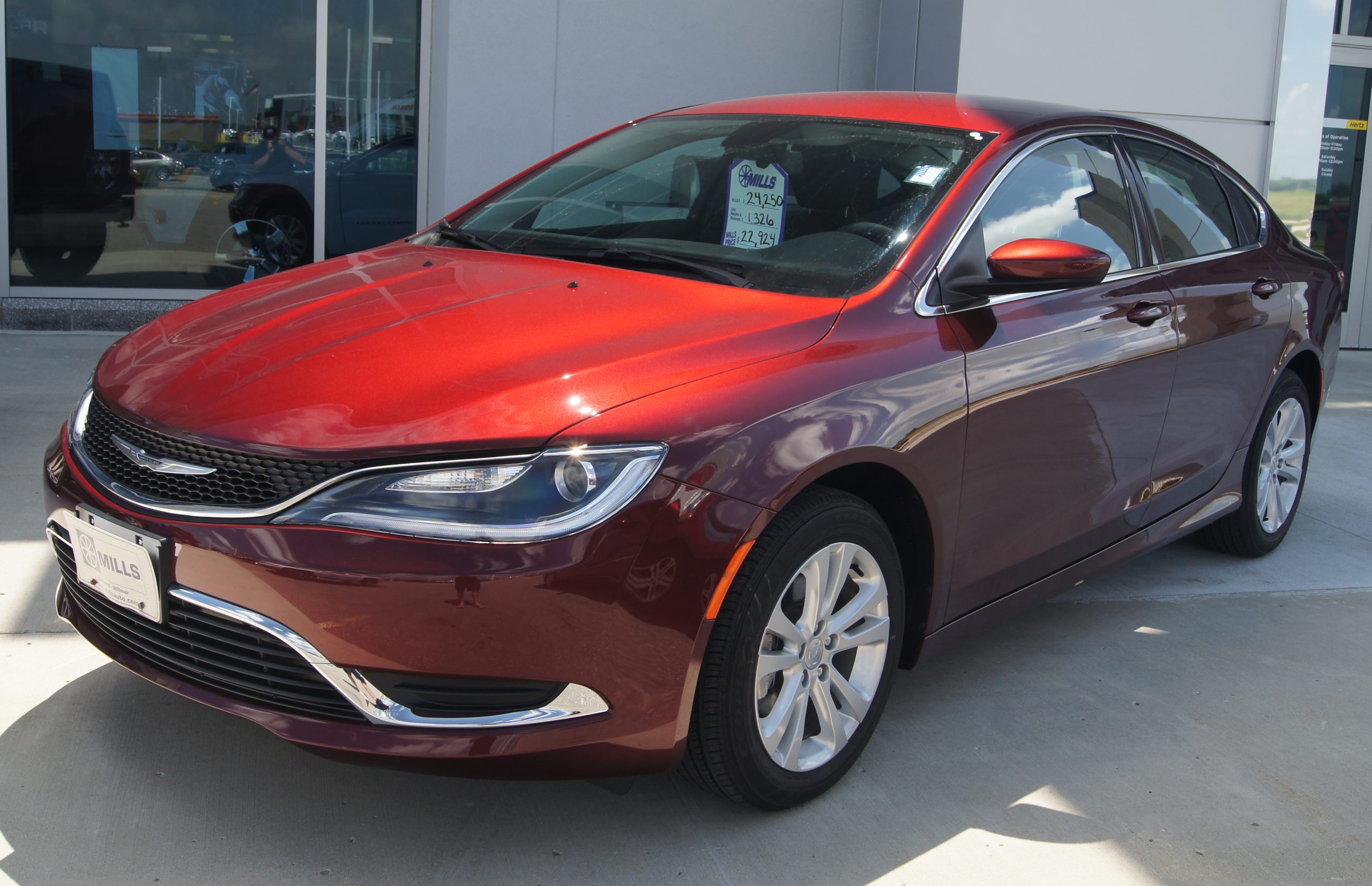In automotive design, creating a comfortable driving experience involves much more than just engine performance and exterior appearance. The comfort of the interior, especially for passengers, is a crucial factor in determining how pleasant a car is to drive or travel in.
One crucial element of this comfort is the air conditioning system, which, especially in warmer regions, can significantly impact the quality of the ride. While front-seat passengers often have access to well-designed, efficient climate control, back-seat passengers are often neglected, leading to discomfort, particularly on long trips or during summer months.
Despite the increasing availability of rear air conditioning vents, many vehicles still fall short in terms of effective airflow and distribution, resulting in uneven cabin temperatures. In this article, we will discuss ten popular vehicles that fail to provide adequate rear-seat air conditioning.
1. Honda Civic: A Sporty Sedan with Rear AC Deficiencies
The Honda Civic is known for its sporty handling and refined design, but it, too, falls short when it comes to rear-seat air conditioning. In many of its trims, especially the base and mid-level models, the Civic lacks rear AC vents entirely.
Even when rear vents are present, the airflow tends to be weak, and the cooling system is optimized primarily for the front seats. This leaves rear passengers uncomfortable, particularly during hot weather. The Civic’s sloping roofline adds to the problem, trapping heat in the back seat and preventing efficient air circulation.
Although higher trims offer improved features, such as rear vents, the placement and airflow remain insufficient. For those who regularly transport passengers in the back, the Civic’s rear AC limitations can be a significant inconvenience, making the vehicle less practical for families or carpooling.

2. Mazda3: Premium Feel with Poor Rear AC Performance
The Mazda3 is praised for its premium feel, stylish design, and engaging driving experience. However, despite its many strengths, the Mazda3 falters in the area of rear-seat air conditioning. Many models lack rear vents altogether, and when they are present, they tend to be underpowered.
This results in minimal airflow reaching the back seats, leaving rear passengers hot and uncomfortable, especially during summer drives. The compact nature of the Mazda3’s cabin only exacerbates the issue, as there is little room for air to circulate.
Despite being positioned as a near-luxury option in the compact segment, the Mazda3’s failure to deliver adequate rear-seat cooling detracts from its otherwise premium appeal.
For those who frequently carry passengers, the lack of effective air conditioning in the back seat makes the Mazda3 less appealing compared to other competitors.
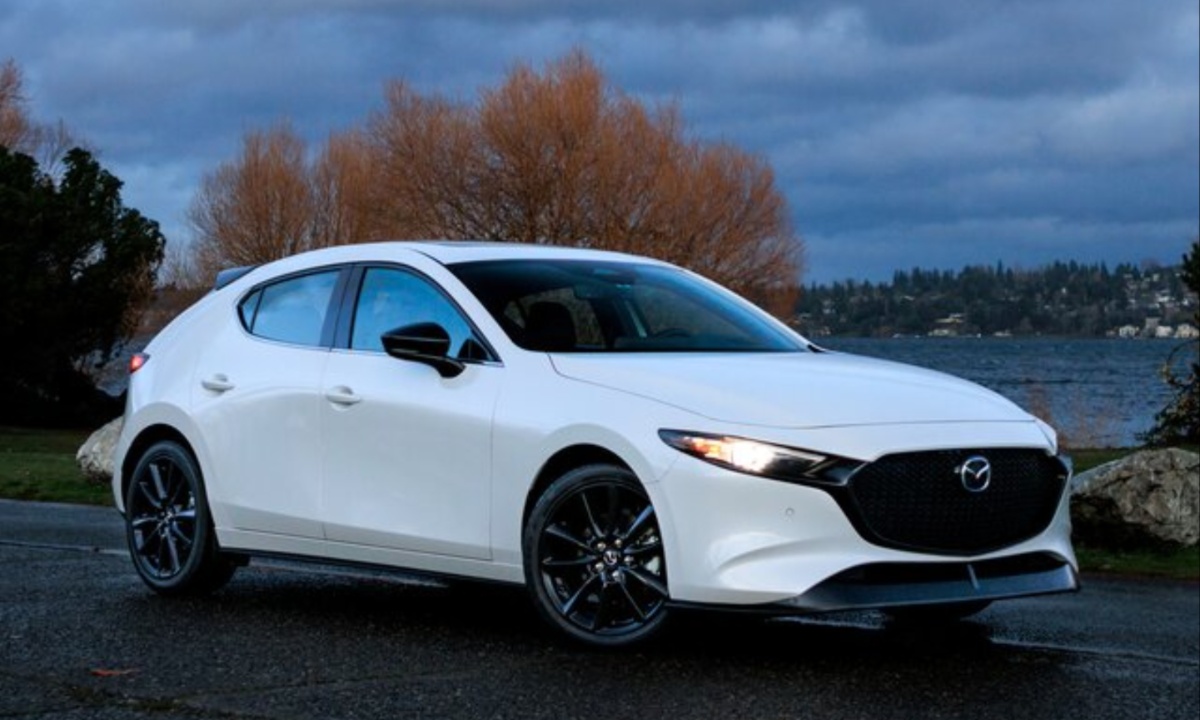
3. Hyundai Elantra: A Stylish Sedan with Cooling Deficiencies
The Hyundai Elantra offers a competitive price, stylish design, and spacious cabin, making it a strong contender in the compact sedan market. However, it falls short in terms of rear-seat air conditioning, especially in lower and mid-tier trims.
In many models, there are no rear AC vents, and when they are included, their placement is often ineffective. Vents mounted low on the center console fail to direct cool air to the back seat, resulting in uneven cooling throughout the cabin. This becomes particularly problematic in hot climates where air conditioning is crucial.
Although higher trims offer dual-zone climate control, the overall design of the Elantra’s AC system is still flawed when it comes to the rear seats. Families or those who regularly transport passengers will find this deficiency a notable drawback in an otherwise well-rounded vehicle.
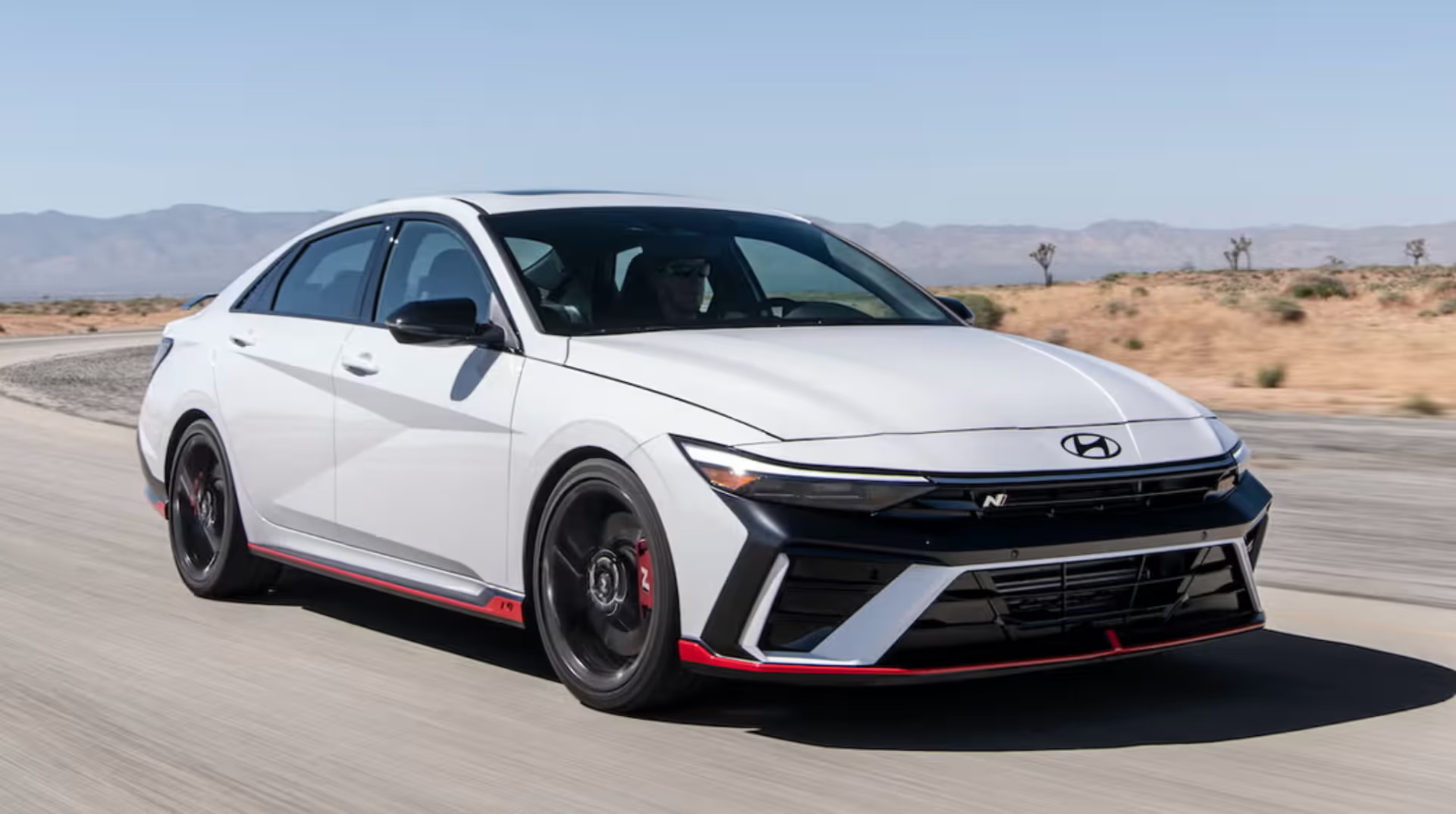
4. Nissan Sentra: A Refined Sedan with Rear AC Shortcomings
The Nissan Sentra has evolved into a more refined and upscale compact sedan, offering a smooth ride and a premium interior. However, its rear-seat air conditioning system remains a weak point. In many trims, the Sentra lacks dedicated rear vents entirely, which significantly affects airflow to the back of the cabin.
Even in models with rear vents, the airflow is often minimal and poorly directed, leaving rear passengers uncomfortable during long drives or in hot weather. The vehicle’s larger interior makes the cooling imbalance even more pronounced, as there is more air to manage and less efficient distribution to the rear.
While the Sentra excels in other areas, its failure to provide effective rear-seat cooling undermines its otherwise impressive package, making it less practical for families or passengers who frequently sit in the back.
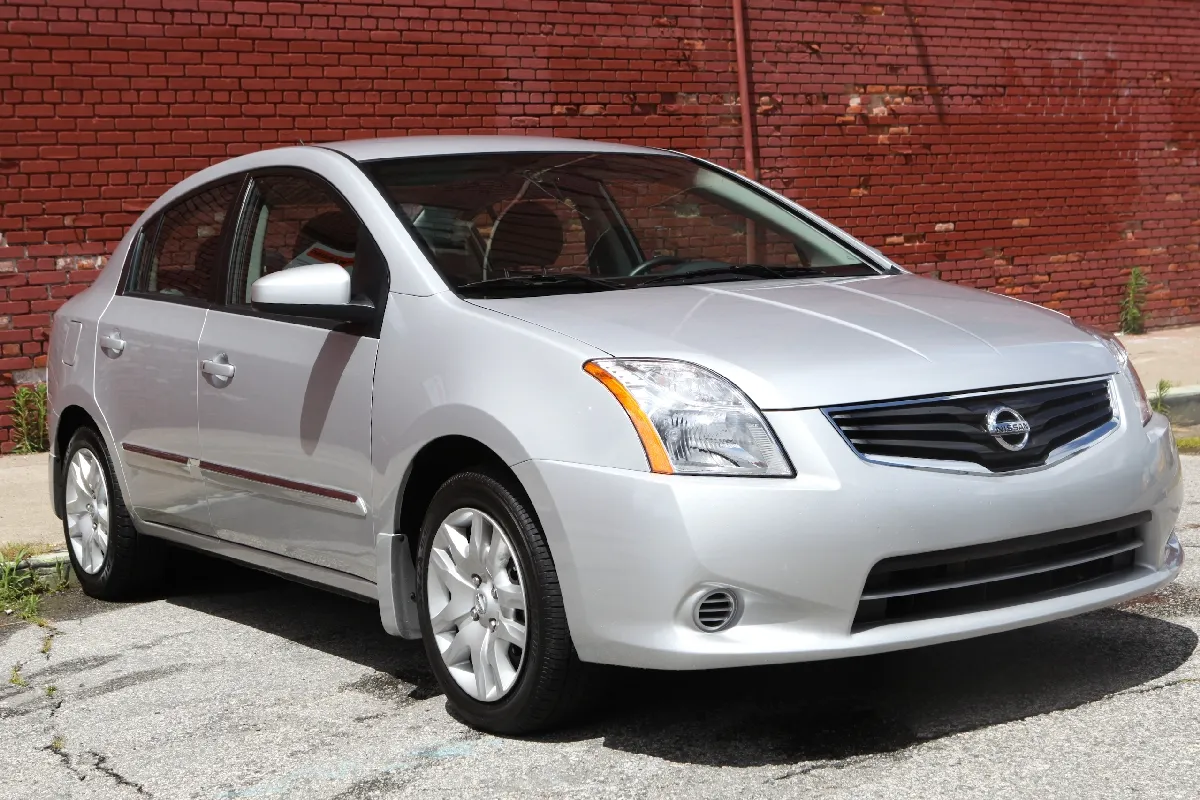
5. Kia Forte: A Value Sedan with Rear AC Limitations
The Kia Forte offers great value with its stylish design, solid warranty, and competitive pricing. However, the Forte struggles with rear-seat air conditioning, particularly in its lower trims.
Many base models lack rear vents, forcing back-seat passengers to rely on airflow from the front vents, which is often insufficient. Even when rear vents are present in higher trims, they are typically small and deliver weak airflow. This results in an uncomfortable cabin environment, particularly on long drives or during hot weather.
The Forte’s cabin space, while generous for a compact sedan, can work against it when the air conditioning system struggles to cool the entire interior evenly.
For those living in warmer climates or frequently transporting passengers, the Forte’s rear AC performance can be a deal-breaker, detracting from its otherwise strong value proposition.
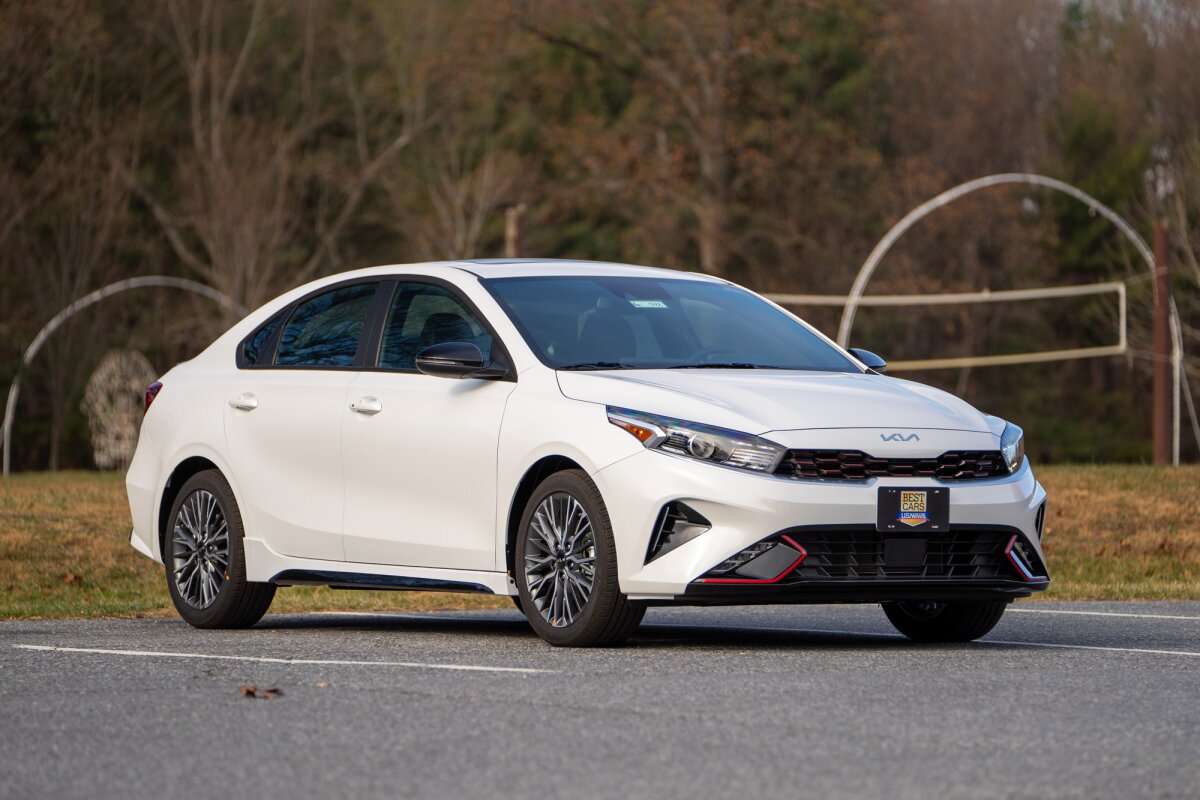
Also Read: 10 Best Affordable Home Charging Stations for EV Owners
6. Subaru Impreza: A Practical Car with Rear AC Neglect
The Subaru Impreza is known for its all-wheel-drive system, durability, and practicality, making it a popular choice for those who value safety and utility. However, its rear-seat air conditioning system is a significant oversight. Many trims of the Impreza lack rear vents altogether, leaving rear passengers to suffer from inadequate cooling.
Even when rear vents are present, the airflow is weak, and the cooling effect is limited. The cabin’s design, with its sloping roofline and compact rear seating area, exacerbates the issue by trapping heat and preventing efficient air circulation.
This becomes especially problematic during summer months or on long trips, where rear passengers may feel uncomfortable and overheated. Despite its strengths in other areas, the Impreza’s failure to address rear-seat cooling makes it less suitable for families or commuters who prioritize passenger comfort.

7. Chevrolet Malibu: A Mid-Size Sedan with Rear AC Failures
The Chevrolet Malibu is a mid-size sedan that offers more space and comfort compared to its compact counterparts. However, despite its larger interior, the Malibu struggles with rear-seat air conditioning. Many models suffer from poorly positioned or weak rear vents that fail to provide sufficient airflow to the back seat.
This creates an imbalance in cabin temperature, with front passengers feeling comfortable while those in the back remain uncomfortably warm. Even in trims that include rear vents, the airflow is often inadequate, and the vents tend to be mounted low, making it difficult for cool air to reach passengers sitting higher up.
This issue detracts from the Malibu’s family-friendly appeal, as rear-seat comfort is an essential component of a comfortable ride. For families, rideshare drivers, or long-distance travelers, the Malibu’s rear AC shortcomings are a notable drawback.
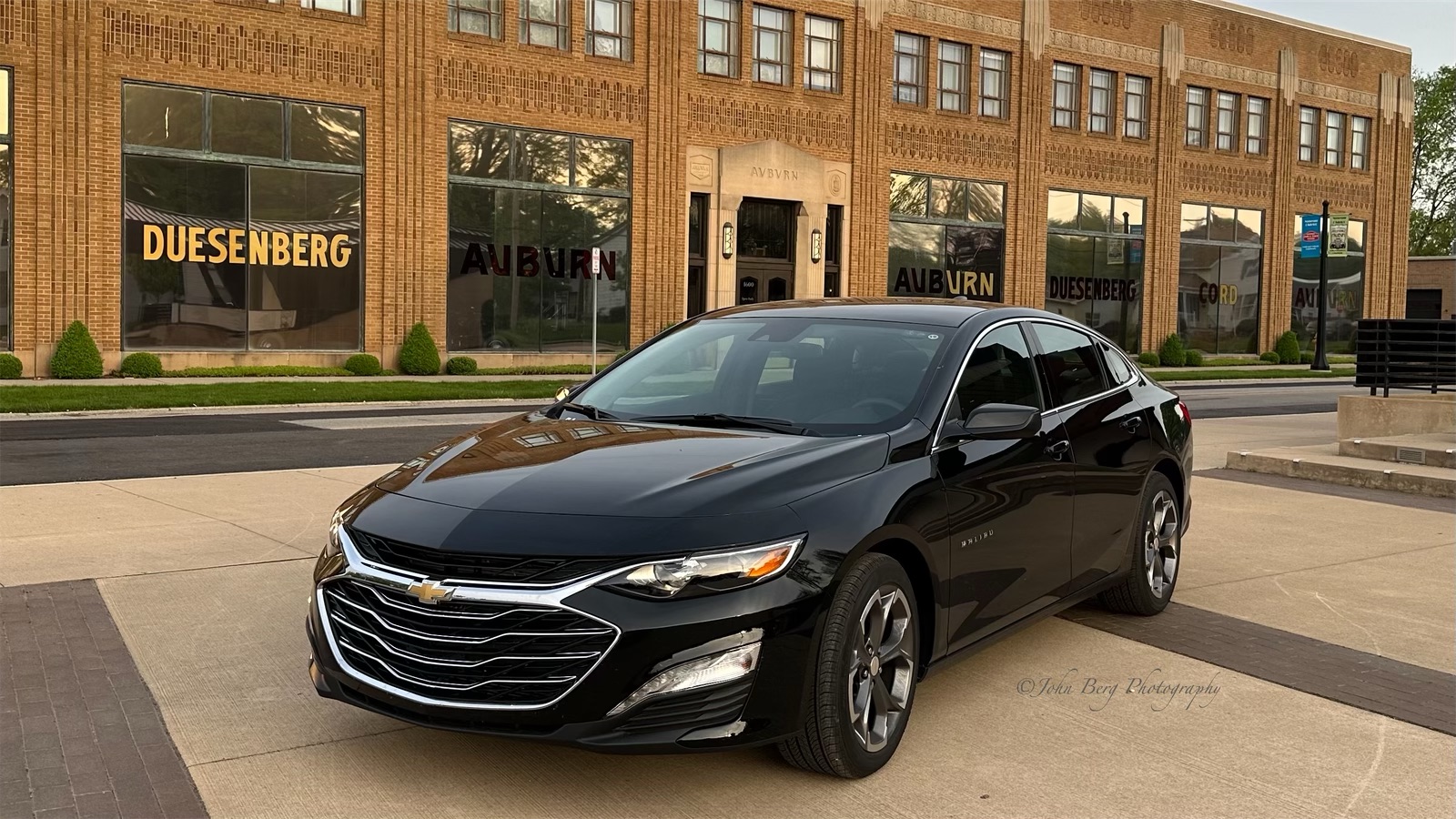
8. Volkswagen Jetta: A Premium Compact with Rear AC Disappointments
The Volkswagen Jetta is known for its refined German engineering, offering a premium experience in the compact sedan segment. However, one glaring flaw in the Jetta’s design is its rear-seat air conditioning system.
In many trims, particularly base and mid-level models, the Jetta lacks rear vents entirely, which significantly limits airflow to the back seats. Even in higher trims with rear vents, the airflow remains weak, and the design does not effectively circulate cool air throughout the cabin.
This creates an uncomfortable environment for rear passengers, especially during hot weather. Despite its otherwise upscale appeal, the Jetta’s failure to provide adequate rear-seat cooling undermines its premium image.
For those who frequently drive with passengers in the back, the lack of attention to rear passenger comfort is a major downside.
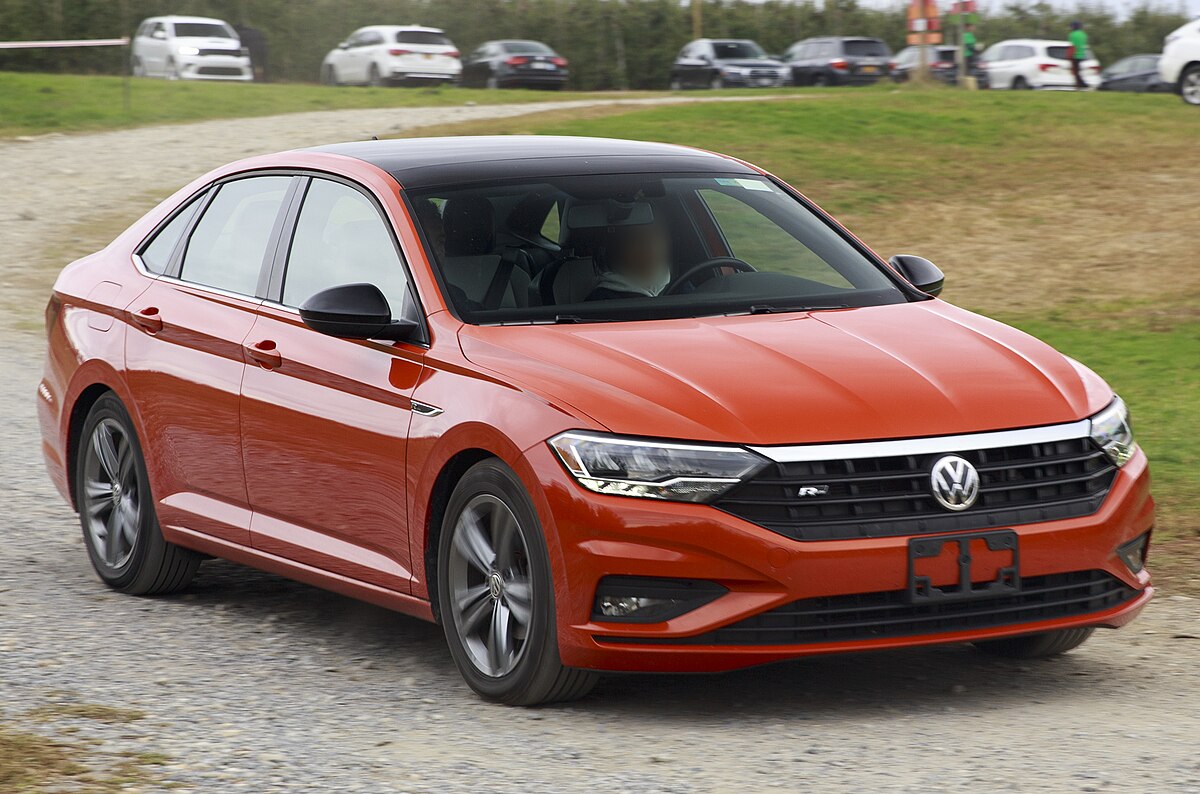
9. Ford Focus: A Compact with Insufficient Rear AC Features
The Ford Focus has long been a popular choice in the compact car segment, known for its engaging driving experience and practical design. However, it falls short in one critical area: rear-seat air conditioning. Many trims, particularly base models, lack rear vents altogether, leaving back-seat passengers without adequate cooling.
Even in higher trims, where rear vents are included, the airflow is often insufficient, and the cooling system remains front-focused. This creates a noticeable temperature disparity between the front and rear seats, making long drives uncomfortable for passengers in the back.
The Focus’s cabin space, while spacious for a compact car, works against it when the air conditioning system cannot efficiently cool the entire interior. This shortcoming is particularly frustrating for families or anyone who regularly carries passengers in the rear seats.
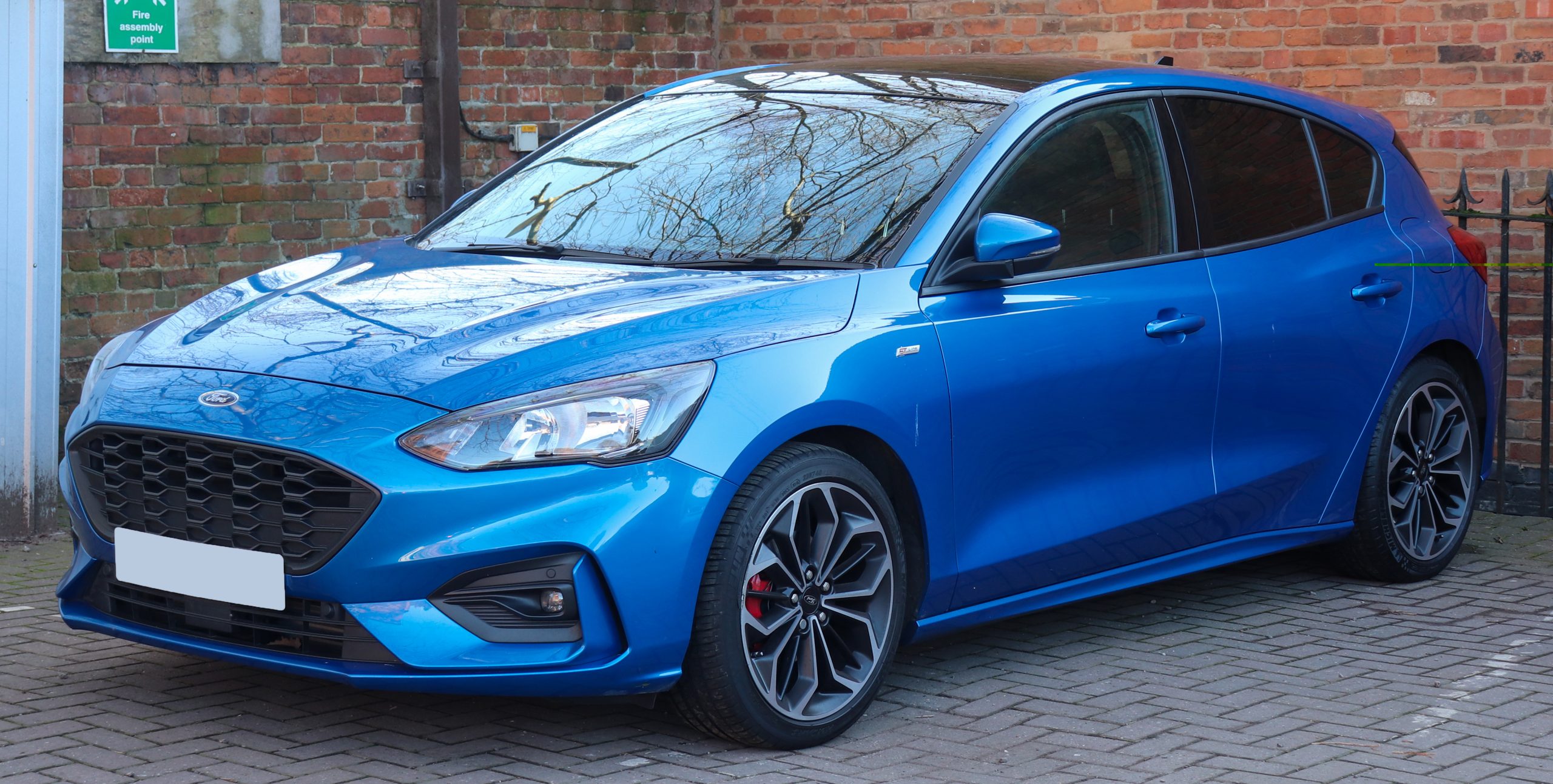
10. Chrysler 200: A Mid-Size Sedan with Rear AC Challenges
The Chrysler 200 offers a smooth ride and a spacious interior, making it an appealing option for those seeking comfort and practicality. However, like many other vehicles on this list, the 200 struggles with rear-seat air conditioning.
In many trims, the rear vents are either poorly placed or completely absent, resulting in insufficient airflow to the back seats. This leads to discomfort for rear passengers, particularly during hot weather or long trips. Even in trims where rear vents are included, the airflow is often weak and unable to effectively cool the entire cabin.
For families or commuters who frequently carry passengers in the back, the lack of effective rear AC performance in the Chrysler 200 can be a significant drawback. This issue undermines the vehicle’s otherwise comfortable and spacious design.
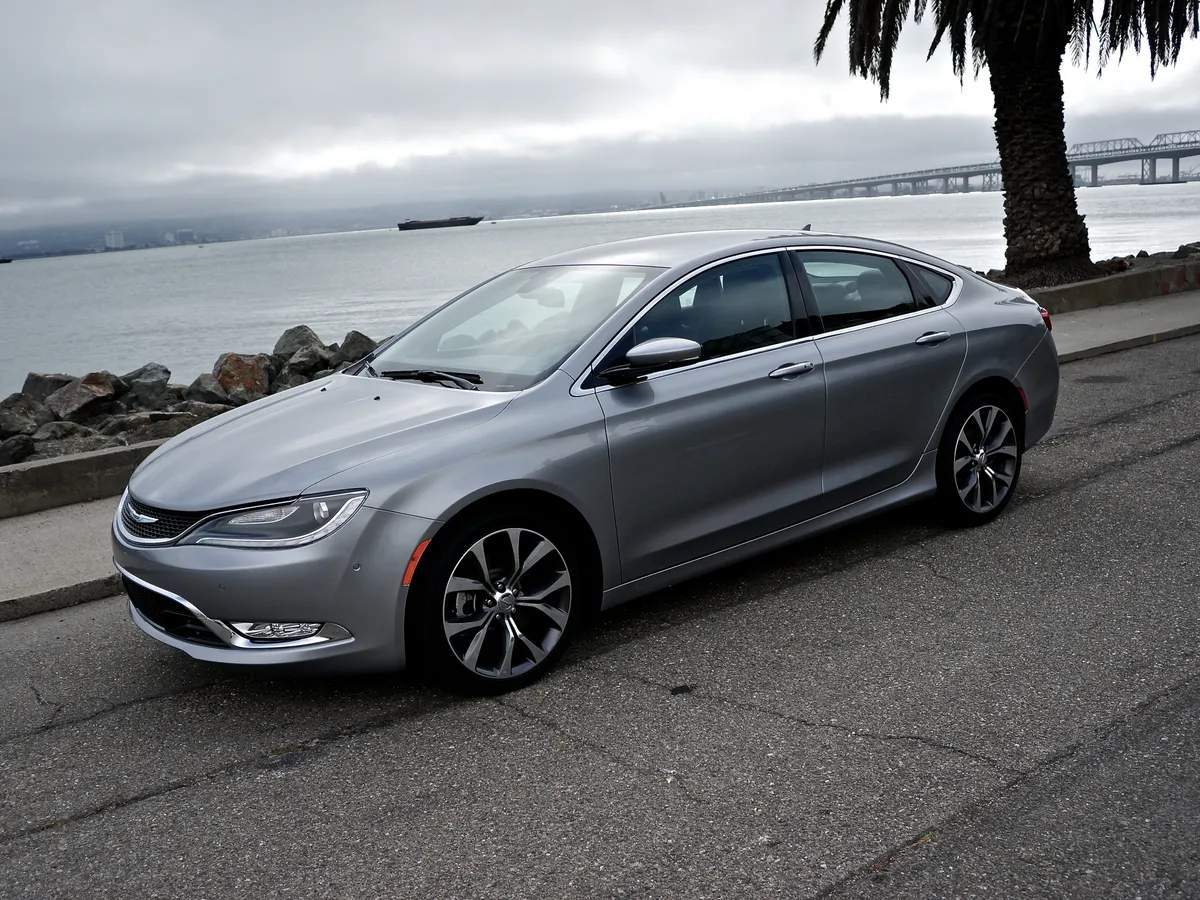
As the automotive industry continues to innovate and refine vehicle designs, the importance of rear-seat air conditioning should not be overlooked. In many of the vehicles discussed, the failure to provide effective rear AC has a profound impact on overall comfort.
While front-row passengers enjoy well-designed and efficient climate control, rear-seat passengers are often left uncomfortable and overheated. For families, commuters, or anyone who regularly drives with passengers in the back, this shortcoming can significantly detract from the overall driving experience.
Automakers must prioritize rear passenger comfort in future designs, ensuring that all occupants, regardless of seat position, can enjoy a comfortable ride. As consumer expectations continue to rise, rear AC performance will become an essential factor in determining a vehicle’s overall appeal and practicality.
Also Read: 10 Best Hybrid Cars of 2025 That Balance Fuel Efficiency, Reliability, and Everyday Comfort

